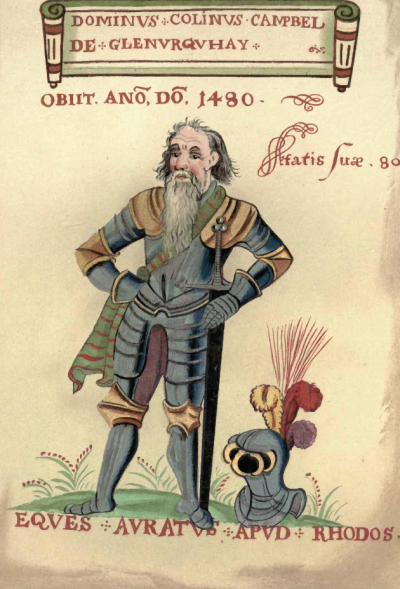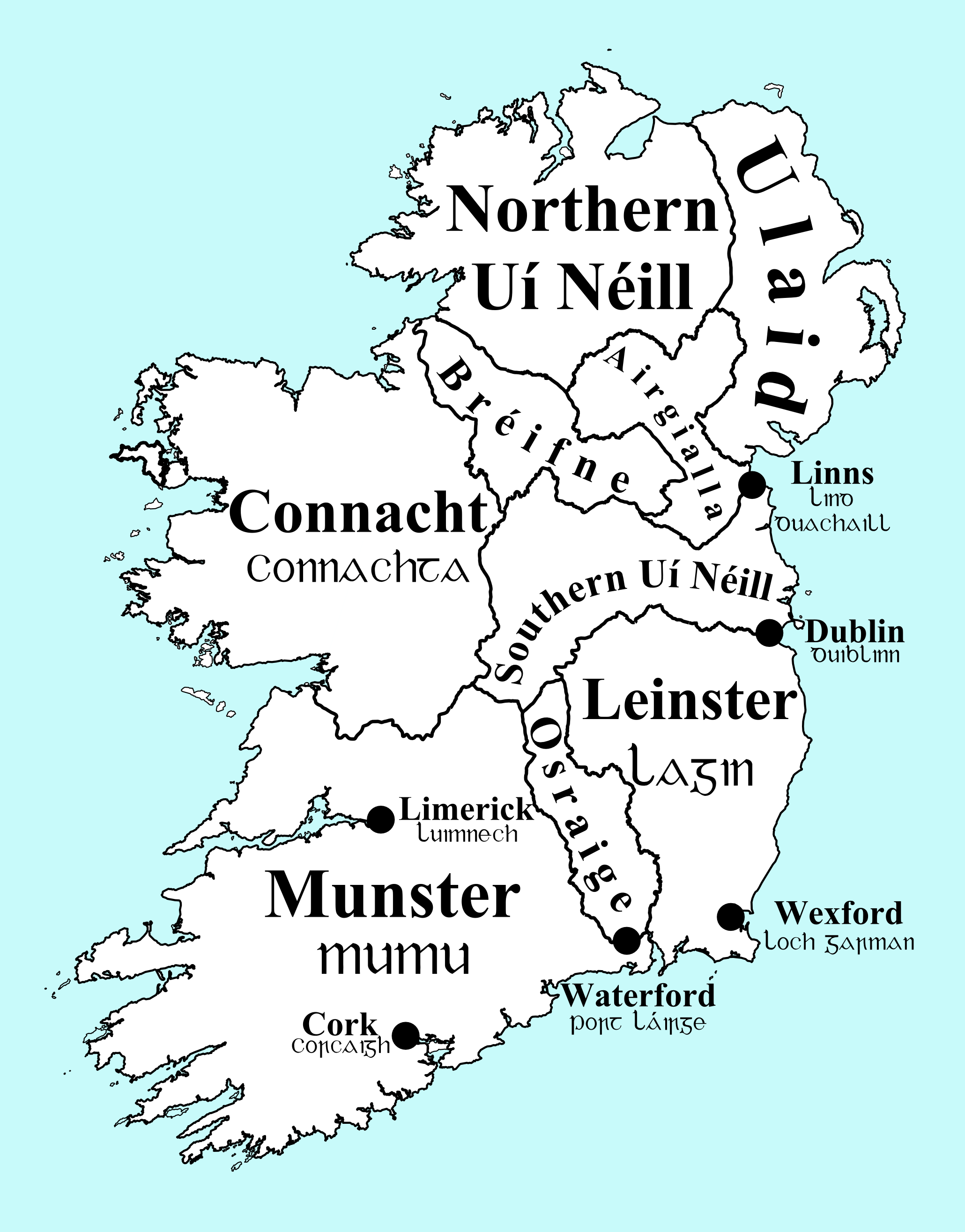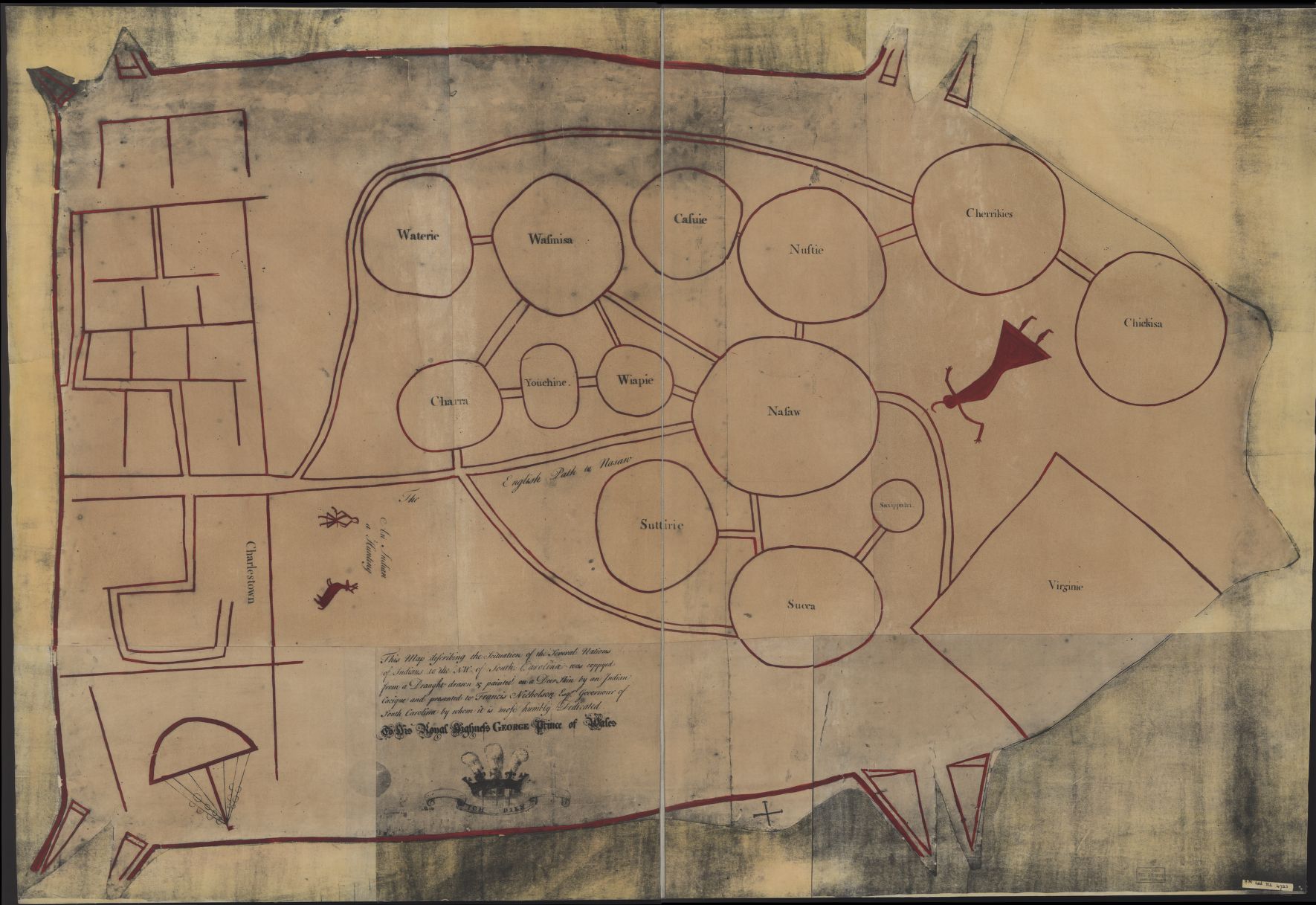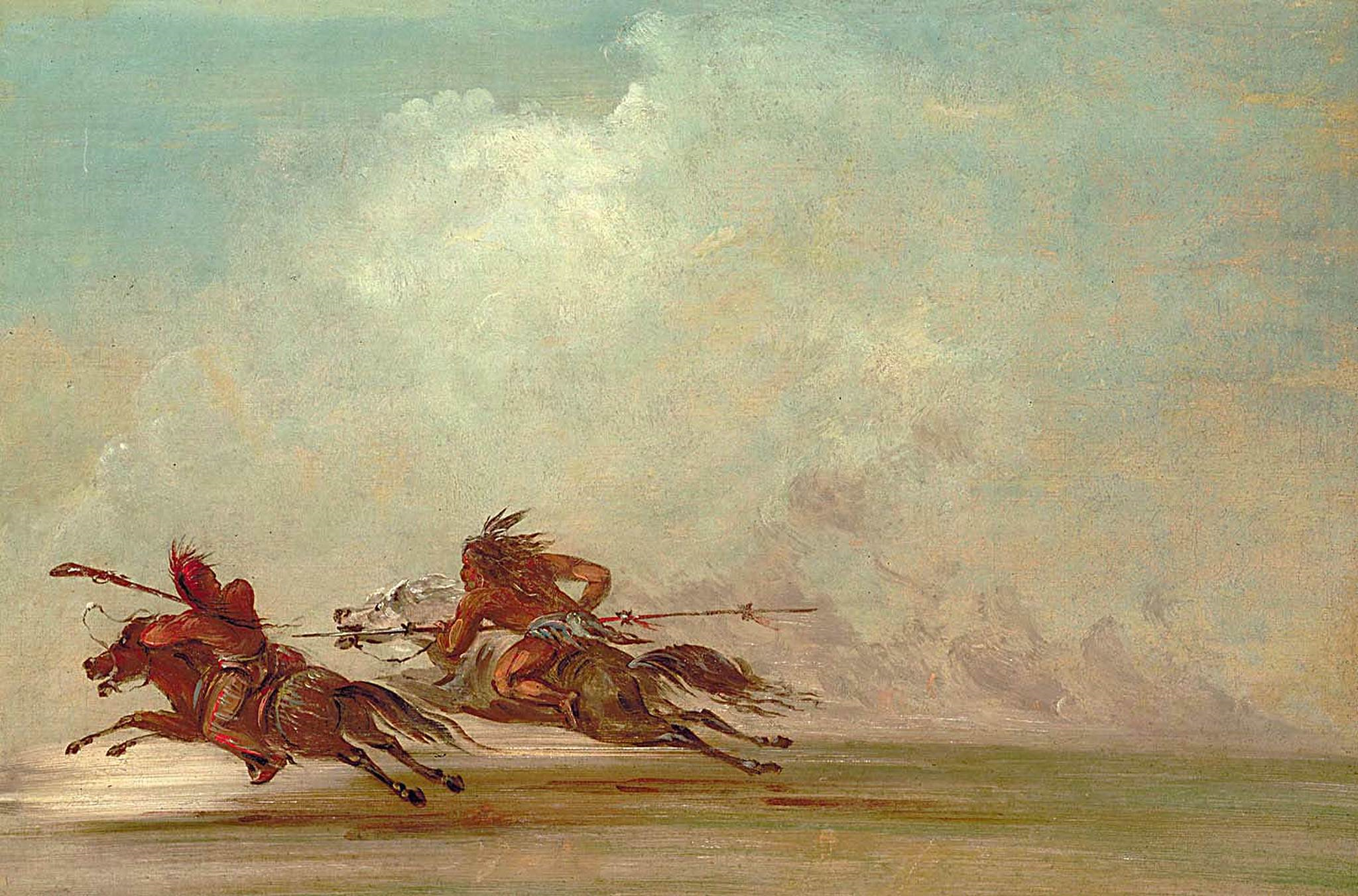|
Clan
A clan is a group of people united by actual or perceived kinship and descent. Even if lineage details are unknown, a clan may claim descent from a founding member or apical ancestor who serves as a symbol of the clan's unity. Many societies' exogamy rules are on a clan basis, where all members of one's own clan, or the clans of both parents or even grandparents, are excluded from marriage as incest. Clans preceded more centralized forms of community organization and government, and have existed in every country. Members may identify with a coat of arms or other symbol. Etymology The word "clan" is derived from the Gaelic word meaning "children", "offspring", "progeny" or "descendants". According to the ''Oxford English Dictionary'', the word "clan" was introduced into English in around 1406, as a descriptive label for the organization of society in Ireland and the Scottish Highlands. None of the Irish and Scottish Gaelic terms for kinship groups is cognate to English ... [...More Info...] [...Related Items...] OR: [Wikipedia] [Google] [Baidu] [Amazon] |
Japanese Clans
This is a list of Japanese clans. The old clans (''gōzoku'') mentioned in the ''Nihon Shoki'' and ''Kojiki'' lost their political power before the Heian period, during which new aristocracies and families, ''kuge'', emerged in their place. After the Heian period, the samurai warrior clans gradually increased in importance and power until they came to dominate the country after the founding of the first Kamakura shogunate, shogunate. Japan traditionally practiced Primogeniture#Male-preference_(cognatic)_primogeniture, cognatic primogeniture, or male-line Historical_inheritance_systems#Cultural_patterns_of_child-preference, inheritance in regard to passing down titles and estates. By allowing Japanese adult adoption, adult adoption, or for men to take their wife's name and be adopted into her family served as a means to pass down an estate to a family without any sons, Japan has managed to retain continuous family leadership for many of the below clans, the Family tree of Japanese m ... [...More Info...] [...Related Items...] OR: [Wikipedia] [Google] [Baidu] [Amazon] |
Scottish Clan
A Scottish clan (from Scottish Gaelic , literally 'children', more broadly 'kindred') is a kinship group among the Scottish people. Clans give a sense of shared heritage and descent to members, and in modern times have an official structure recognised by the Court of the Lord Lyon, which regulates Scottish heraldry and coats of arms. Most clans have their own tartan patterns, usually dating from the 19th century, which members may incorporate into kilts or other clothing. The modern image of clans, each with their own tartan and specific land, was promulgated by the Scottish author Sir Walter Scott after influence by others. Historically, tartan designs were associated with Lowland and Highland districts whose weavers tended to produce cloth patterns favoured in those districts. By process of social evolution, it followed that the clans/families prominent in a particular district would wear the tartan of that district, and it was but a short step for that community to become i ... [...More Info...] [...Related Items...] OR: [Wikipedia] [Google] [Baidu] [Amazon] |
Bon-gwan
Korean clans are groups of Koreans, Korean people that share the same Patrilineality, paternal ancestor. They are indicated by the combination of a ''bongwan'' () and a family name. Korean clans distinguish clans that happen to share the same family name. The ''bongwan'' identifies descent groups by Geography, geographic place of origin. For example, the Gyeongju Kim and the Gimhae Kim are considered different clans, even though they happen to share the same family name ''Kim (Korean name), Kim''. In this case, Gyeongju and Gimhae are the respective ''bongwan'' of these clans. However, a clan name is not treated as a part of a Korean person's name. The ''bongwan'' and the family name are passed on from a father to his children, thus ensuring that person in the same Paternal lineages, paternal lineage sharing the same combination of the ''bongwan'' and the family name. A ''bongwan'' does not change by marriage or adoption. Different family names sharing the same ''bongwan'' someti ... [...More Info...] [...Related Items...] OR: [Wikipedia] [Google] [Baidu] [Amazon] |
Irish Clans
Irish clans are traditional kinship groups sharing a common surname and heritage and existing in a lineage-based society, originating prior to the 17th century. A clan (or in Irish, plural ) included the chief and his Patrilineality, patrilineal relatives; however, Irish clans also included unrelated clients of the chief. These unrelated clients and their agnatic descendants were ineligible to be elected chief, but nonetheless assumed the name of the leading lineage as a show of allegiance. Beginning in the 8th century, various genealogical collections were compiled purporting to trace the ancestry of these clans. Among them are genealogies in Bodleian_Library,_MS_Rawlinson_B_502, Rawlinson B 502, the Book of Ballymote, the Great_Book_of_Lecan, Book of Lecan, the Leabhar_na_nGenealach, ''Leabhar Mór na nGenealach'' compiled by Dubhaltach MacFhirbisigh, and the Ó Cléirigh Book of Genealogies. In all of these cases, the genealogies listed state the agnatic descent of the chiefs ... [...More Info...] [...Related Items...] OR: [Wikipedia] [Google] [Baidu] [Amazon] |
Norse Clans
The Scandinavian clan or ''ætt/ätt'' (pronounced in Old Norse) was a social group based on common descent, equivalent to a clan. History In the absence of a police force, the clan was the primary force of security in Norse society, as the clansmen were obliged by honour to avenge one another. The Norse clan was not tied to a certain territory in the same way as a Scottish clan, where the chief owned the territory. The land of the Scandinavian clan was owned by the individuals who had close neighbours from other clans. The name of the clan was derived from its ancestor, often with the addition of an -ung or -ing ending. The original meaning of ''ætt/ätt'' seems to have simply been "those who are related". A person could technically belong to several clans, but usually the identification of an individual came with ancestry of most prestige. Therefore, through mostly the exception to the rule, a clan could have matrilineal name if the descent of the ancestral mother was consi ... [...More Info...] [...Related Items...] OR: [Wikipedia] [Google] [Baidu] [Amazon] |
Scottish Highlands
The Highlands (; , ) is a historical region of Scotland. Culturally, the Highlands and the Scottish Lowlands, Lowlands diverged from the Late Middle Ages into the modern period, when Scots language, Lowland Scots language replaced Scottish Gaelic throughout most of the Lowlands. The term is also used for the area north and west of the Highland Boundary Fault, although the exact boundaries are not clearly defined, particularly to the east. The Great Glen divides the Grampian Mountains to the southeast from the Northwest Highlands. The Scottish Gaelic name of ' literally means "the place of the Gaels" and traditionally, from a Gaelic-speaking point of view, includes both the Western Isles and the Highlands. The area is very sparsely populated, with many mountain ranges dominating the region, and includes the highest mountain in the British Isles, Ben Nevis. During the 18th and early 19th centuries the population of the Highlands rose to around 300,000, but from c. 1841 and for th ... [...More Info...] [...Related Items...] OR: [Wikipedia] [Google] [Baidu] [Amazon] |
Kinship
In anthropology, kinship is the web of social relationships that form an important part of the lives of all humans in all societies, although its exact meanings even within this discipline are often debated. Anthropologist Robin Fox says that the study of kinship is the study of what Human, humans do with these basic facts of lifemating, gestation, Parenting, parenthood, socialization, siblingship etc. Human society is unique, he argues, in that we are "working with the same raw material as exists in the animal world, but [we] can conceptualize and categorize it to serve social ends." These social ends include the socialization of children and the formation of basic economic, political and religious groups. Kinship can refer both to the patterns of social relationships themselves, or it can refer to the study of the patterns of social relationships in one or more human cultures (i.e. kinship studies). Over its history, anthropology has developed a number of related concepts an ... [...More Info...] [...Related Items...] OR: [Wikipedia] [Google] [Baidu] [Amazon] |
Ojibwa People
The Ojibwe (; syll.: ᐅᒋᐺ; plural: ''Ojibweg'' ᐅᒋᐺᒃ) are an Anishinaabe people whose homeland (''Ojibwewaki'' ᐅᒋᐺᐘᑭ) covers much of the Great Lakes region and the northern plains, extending into the subarctic and throughout the northeastern woodlands. The Ojibwe, being Indigenous peoples of the Northeastern Woodlands and of the subarctic, are known by several names, including Ojibway or Chippewa. As a large ethnic group, several distinct nations also consider themselves Ojibwe, including the Saulteaux, Nipissings, and Oji-Cree. According to the U.S. census, Ojibwe people are one of the largest tribal populations among Native American peoples in the U.S. In Canada, they are the second-largest First Nations population, surpassed only by the Cree. They are one of the most numerous Indigenous peoples north of the Rio Grande. The Ojibwe population is approximately 320,000, with 170,742 living in the U.S. and approximately 160,000 in Canada. In the U.S. ... [...More Info...] [...Related Items...] OR: [Wikipedia] [Google] [Baidu] [Amazon] |
Matriarchy
Matriarchy is a social system in which positions of Power (social and political), power and Social privilege, privilege are held by women. In a broader sense it can also extend to moral authority, social privilege, and control of property. While those definitions apply in general English, definitions specific to anthropology and feminism differ in some respects. Matriarchies may also be confused with matrilineality, matrilineal, matrilocal residence, matrilocal, and matrifocal family, matrifocal societies. While some may consider any non-patriarchal system to be matriarchal, most academics exclude those systems from matriarchies as strictly defined. Many societies have had matriarchal elements, but unlike the Patriarchy, patriarchal, a complete exclusion of men in authority has not been recorded in history. Definitions, connotations, and etymology According to the ''Oxford English Dictionary'' (''OED''), matriarchy is a "form of social organization in which the mother or olde ... [...More Info...] [...Related Items...] OR: [Wikipedia] [Google] [Baidu] [Amazon] |
Chickasaw
The Chickasaw ( ) are an Indigenous people of the Southeastern Woodlands, United States. Their traditional territory was in northern Mississippi, northwestern and northern Alabama, western Tennessee and southwestern Kentucky. Their language is classified as a member of the Muskogean language family. In the present day, they are organized as the Federally recognized tribe, federally recognized Chickasaw Nation. Chickasaw people have a migration story in which they moved from a land west of the Mississippi River to reach present-day northeast Mississippi, northwest Alabama, and into Lawrence County, Tennessee. They had interaction with French, English, and Spanish colonists during the Colonial history of the United States, colonial period. The United States considered the Chickasaw one of the Five Civilized Tribes of the Southeast, as they adopted numerous practices of European Americans. Resisting European-American settlers encroaching on their territory, they were forced by the ... [...More Info...] [...Related Items...] OR: [Wikipedia] [Google] [Baidu] [Amazon] |
Tribe
The term tribe is used in many different contexts to refer to a category of human social group. The predominant worldwide use of the term in English is in the discipline of anthropology. The definition is contested, in part due to conflicting theoretical understandings of social and kinship structures, and also reflecting the problematic application of this concept to extremely diverse human societies. Its concept is often contrasted by anthropologists with other social and kinship groups, being hierarchically larger than a lineage or clan, but smaller than a chiefdom, ethnicity, nation or state. These terms are similarly disputed. In some cases tribes have legal recognition and some degree of political autonomy from national or federal government, but this legalistic usage of the term may conflict with anthropological definitions. In the United States (US), Native American tribes are legally considered to have "domestic dependent nation" status within the territorial ... [...More Info...] [...Related Items...] OR: [Wikipedia] [Google] [Baidu] [Amazon] |








